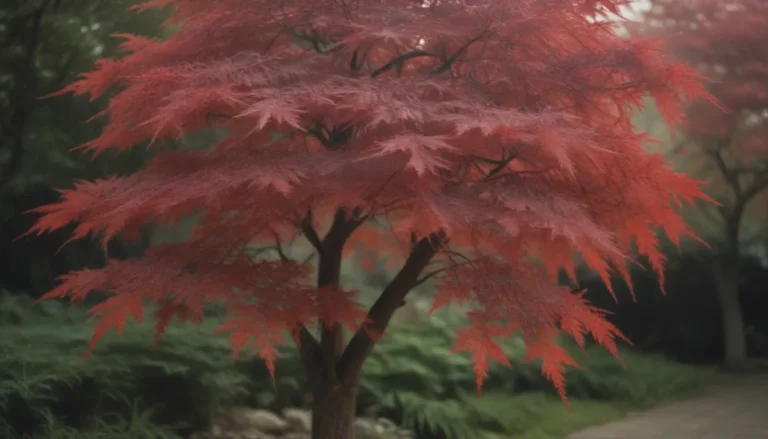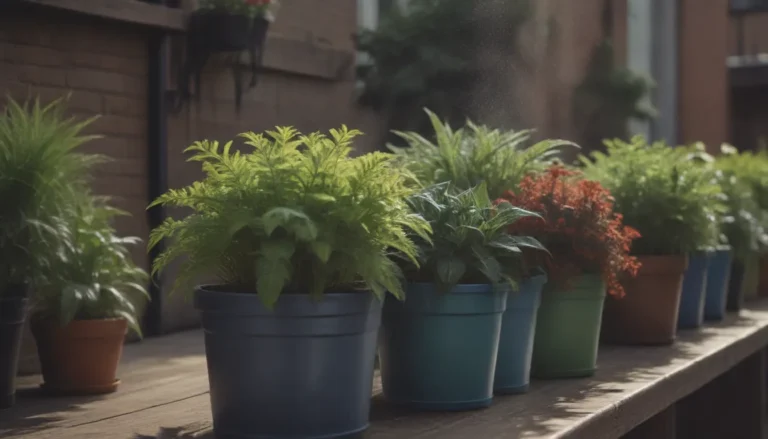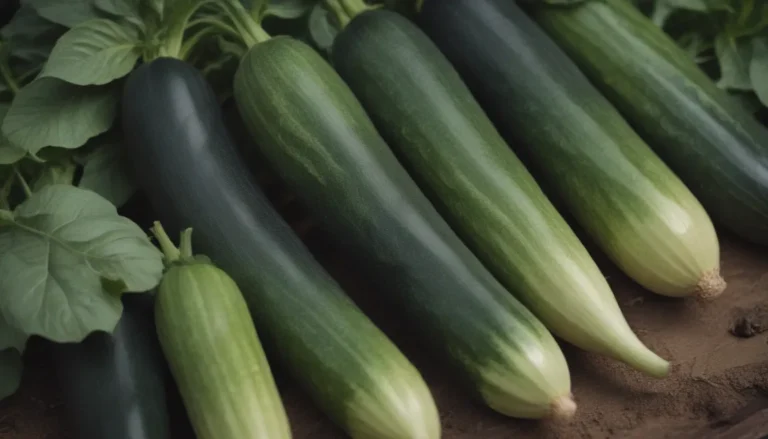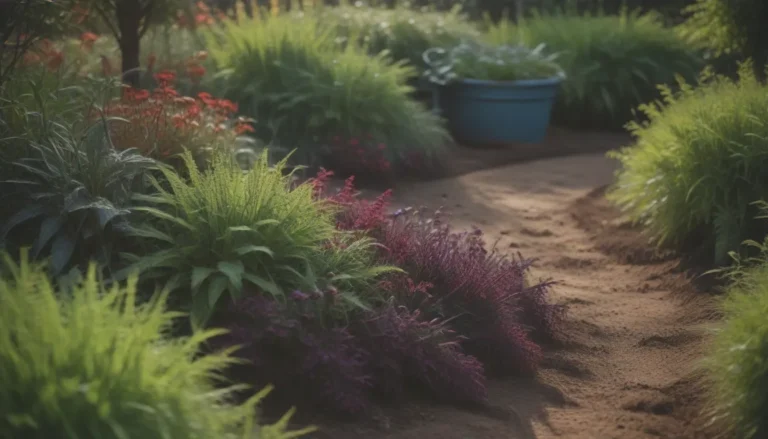Ultimate Guide to Growing and Caring for Witch Hazel: A Complete Overview
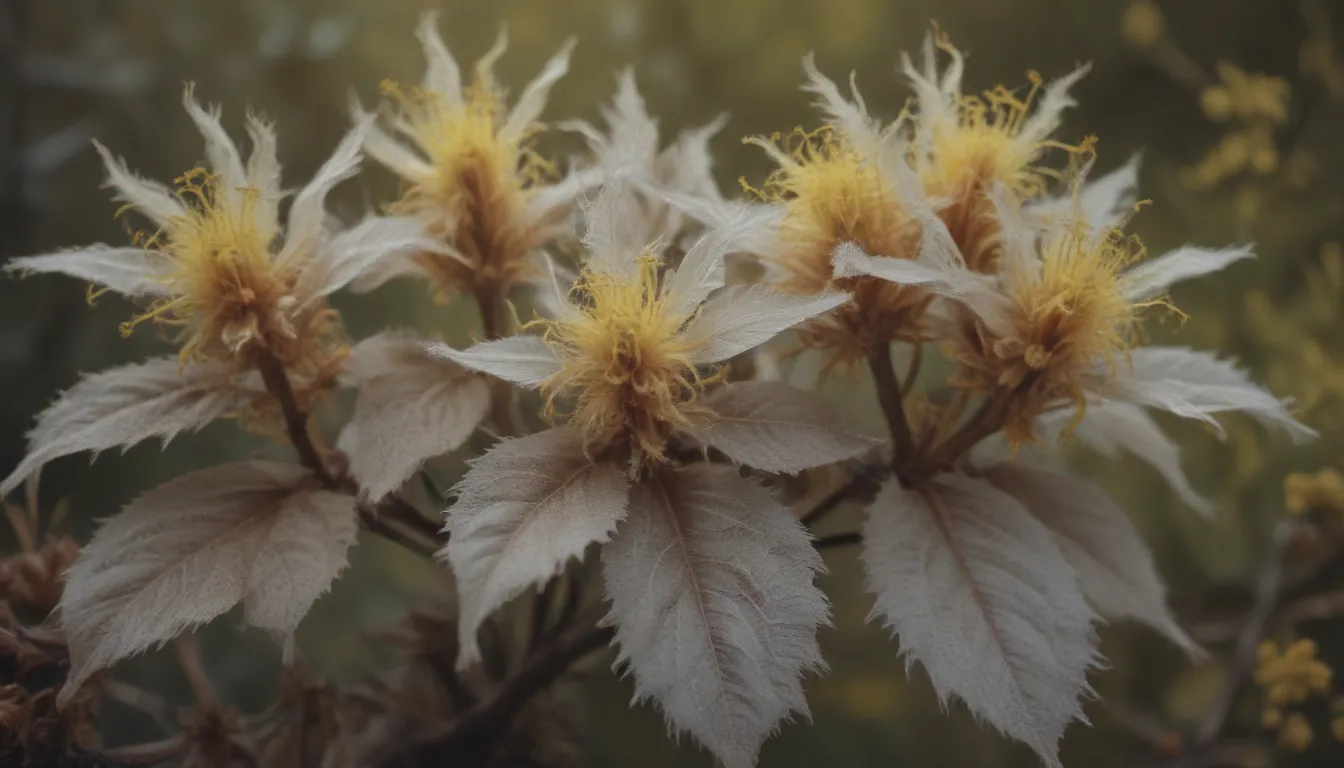
If you’re looking to add a touch of beauty and fragrance to your garden during the winter months, look no further than witch hazel. This hardy shrub or small tree boasts eye-catching, fragrant yellow blooms that can brighten up even the dreariest of landscapes. Native to North America, witch hazel thrives in mild climates, preferring full sun and moist, slightly acidic, well-draining soil. Not only does this plant attract pollinators and songbirds, but it is also deer-resistant, making it a popular choice for many gardeners.
Witch Hazel Care
To ensure your witch hazel thrives and produces vibrant blooms, it’s essential to provide the proper care. Plant this shrub in early spring or late fall for the best results, choosing a sunny location with some afternoon shade in hot areas. Here are the main care requirements for growing and caring for witch hazel:
Light
- Full to partial sun is ideal for witch hazel plants.
- Partial shade is recommended in hot climates with intense afternoon sunshine.
Soil
- Witch hazel thrives in rich, loamy, moist soil conditions.
- The plant can adapt to different soil types, ranging from acidic to alkaline, but acidic to neutral soil is ideal.
- Good drainage and moist conditions are crucial for healthy witch hazel plants.
Water
- Witch hazel prefers consistent moisture but doesn’t do well in soggy soil.
- Young, establishing plants require regular watering, while established plants can rely on natural rainfall.
- Water the shrub during drought conditions or when the top of the soil feels dry to the touch.
Temperature and Humidity
- Witch hazel flowers during the cold winter months.
- It thrives in USDA zones 3 to 9, tolerating both cold and hot temperatures.
- Moderate humidity levels are preferred, avoiding dry, arid conditions.
- Too much moisture can lead to fungal problems such as powdery mildew.
Fertilizer
- Add compost to the soil to improve moisture retention and add nutrients.
- During the summer, apply a well-balanced liquid fertilizer monthly for additional nutrients.
Types of Witch Hazel
There are several species of witch hazel native to the United States, along with various cultivars of H. virginiana. Some popular varieties include:
- H. vernalis
- H. ovalis
- H. virginiana ‘Little Suzie’
- H. virginiana ‘Quasimodo’
- H. virginiana ‘Arnold Promise’
Pruning
While pruning is not necessary, occasional trimming can help maintain a clean shape and promote blooming. It’s best to prune after the shrub has finished blooming to encourage next year’s bud growth. Remove suckering offshoots at the base to keep the plant tidy, or trim branches before blooming to bring indoors as cut stems.
Propagating Witch Hazel
The best method for propagating witch hazel is from seed. Stem cuttings are challenging to root, so seed propagation is the preferred technique. You can also propagate new plants by removing suckers that emerge near the central stem with an independent root system.
How to Grow Witch Hazel from Seed
Propagating witch hazel from seed requires patience as the seeds may take up to two years to germinate. Experiencing both winter and summer conditions is essential for seed germination. You can plant the seeds outdoors or simulate these conditions indoors.
Potting and Repotting Witch Hazel
Although witch hazel can be grown in a pot, it will eventually need to be planted in the ground to reach its full height. Container-grown witch hazel shrubs are perfect for smaller garden spaces and can be moved during the summer to accommodate other plants. When repotting or planting in the ground, avoid disturbing the roots, as witch hazel does not handle transplanting well.
Overwintering
Witch hazel thrives in the cold winter months, with its unique winter flowers adding a touch of beauty to the landscape. To care for witch hazel during the winter, check the plant for damage caused by animals like rabbits or deer. You can protect the plant by placing a barrier around it, such as chicken wire or hardware cloth.
Common Pests & Plant Diseases
Witch hazel is generally resistant to most pests and diseases, but issues like aphids, leaf spot, or powdery mildew may occur. Cone gall aphids and spiny leaf gall aphids can cause unsightly galls on the leaves, which can be treated with horticultural oil.
How to Get Witch Hazel to Bloom
Witch hazel is known for its reliable blooms and colorful foliage. Here are some tips to encourage blooming:
- Bloom Months: Witch hazel typically blooms from October to March.
- Bloom Duration: The plant can remain in bloom for up to eight weeks.
- Appearance and Fragrance: Witch hazel flowers have a lemon-zesty fragrance and unique, wispy petals in shades of yellow, orange, or red.
- Encouraging Bloom: Shrubs in full-sun locations and adequate water supply can promote fuller blooms. Chilling temperatures below 45 degrees are necessary for flowering.
Caring for Witch Hazel After Blooming
After its bloom cycle, prune the plant to encourage new buds for the next growing season. Deadheading spent blooms is unnecessary, as it won’t encourage additional flowers.
Common Problems With Witch Hazel
Witch hazel is a low-maintenance plant, but it still requires monitoring to prevent common issues such as browning leaves in summer or excessive suckering. Here’s how to address some common problems:
- Leaves Turning Brown: Brown leaves may indicate insufficient water, drying winds, or fungal disease.
- Suckering: Remove suckers from the base of the plant to prevent spreading.
By following these care tips and guidelines, you can enjoy a thriving witch hazel plant in your garden that brings beauty and fragrance to your outdoor space throughout the year. So, add this enchanting shrub to your landscape and watch it bloom in all its glory!

